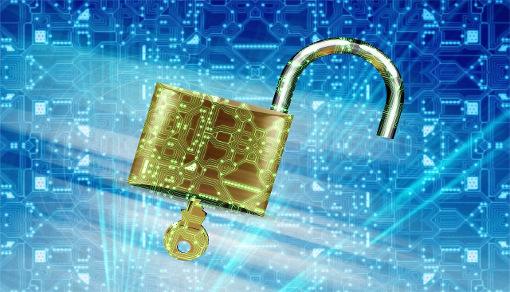HTTP/1.1 200 OK Server: nginx Date: Thu, 12 Jul 2018 08:45:09 GMT Content-Type: text/html; charset=utf-8 Transfer-Encoding: chunked Connection: keep-alive X-Drupal-Cache: MISS Expires: Sun, 19 Nov 1978 05:00:00 GMT Cache-Control: no-cache, must-revalidate X-Content-Type-Options: nosniff Content-Language: en X-Frame-Options: SAMEORIGIN X-UA-Compatible: IE=edge X-Generator: Drupal 7 (http://drupal.org) Link: ; rel="canonical",; rel="shortlink" Vary: Accept-Encoding X-Request-ID: v-e1d1c2ba-85af-11e8-94b3-22000b770232 X-AH-Environment: prod X-Varnish: 367277196 Age: 0 Via: 1.1 varnish-v4 X-Cache: MISS Accept-Ranges: bytes A sysadmin's guide to SELinux | Opensource.com
Jump to navigation[1]
 "It is an important and popular fact that things are not always what they seem…"
"It is an important and popular fact that things are not always what they seem…"―Douglas Adams, The Hitchhiker's Guide to the Galaxy Security. Hardening. Compliance. Policy. The Four Horsemen of the SysAdmin Apocalypse. In addition to our daily tasks—monitoring, backup, implementation, tuning, updating, and so forth—we are also in charge of securing our systems. Even those systems where the third-party provider tells us to disable the enhanced security. It seems like a job for Mission Impossible's Ethan Hunt[2]. Faced with this dilemma, some sysadmins decide to take the blue pill[3] because they think they will never know the answer to the big question of life,

